Name Rubens Gerchman Role Artist | Books Tempo, 1962-1979 | |
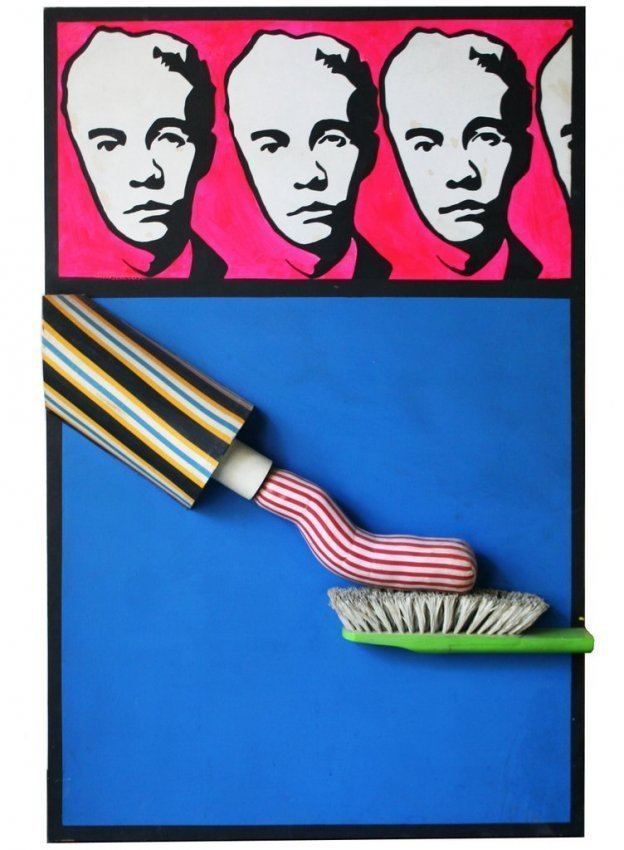 | ||
Died January 29, 2008, Sao Paulo, Sao Paulo, Brazil Education Academia Imperial de Belas Artes (1961–1962) Awards Guggenheim Fellowship for Creative Arts, Latin America & Caribbean | ||
Rubens gerchman obras
Rubens Gerchman (born January 10, 1942, Rio de Janeiro – January 29, 2008) was a Brazilian painter and sculptor. He was heavily influenced by concrete and neoconcrete art.
Contents
- Rubens gerchman obras
- Pilulas de arte o artista rubens gerchman curta
- Career
- Influences on Art
- References
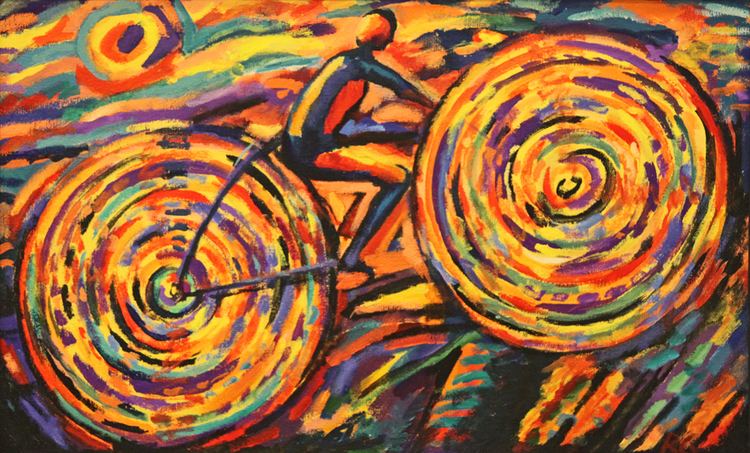
Many of Gerchman’s works are paintings based on populist themes and his political beliefs, which followed those of neoconcrete artists. His sculptures with letters, stem from concrete poetry.
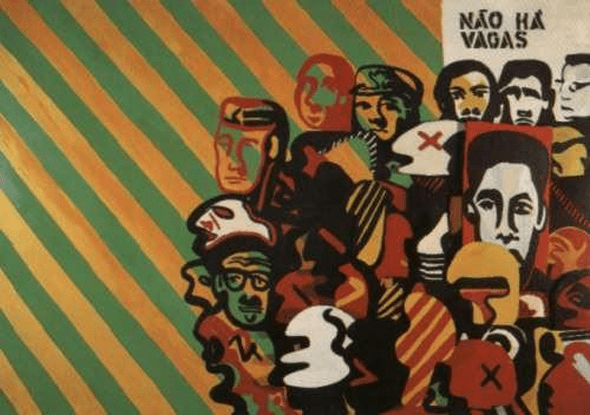
Pilulas de arte o artista rubens gerchman curta
Career
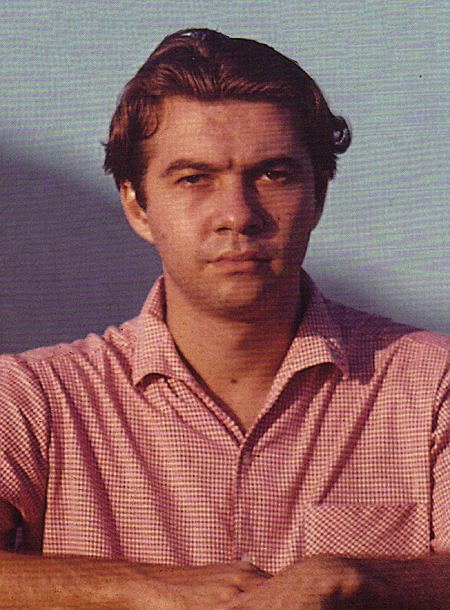
Gerchman studied at the Rio de Janeiro School of Fine Arts. In the 1960s, his work focused on mass culture. He used faces clipped from news photos, but unlike Andy Warhol, who used infamous celebrity, he used images of anonymous individuals. These faces would be reproduced as multiple painted images in a comic-strip style.
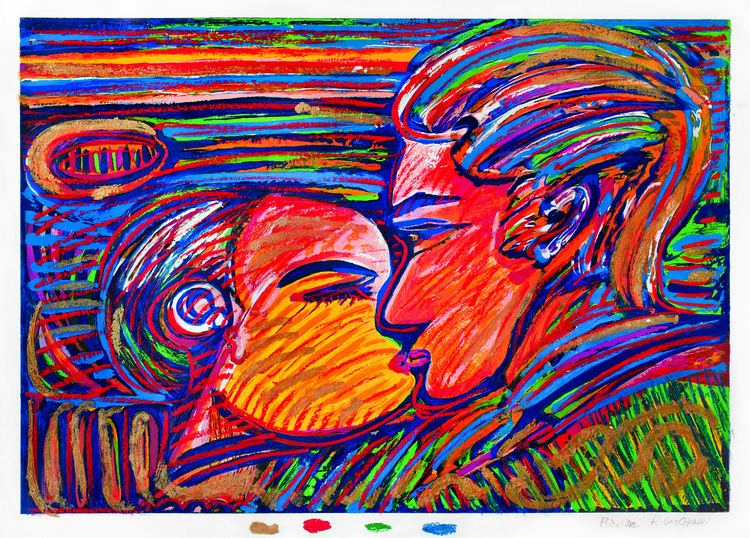
In the late 1960s, Gerchman devoted his interest to urban isolation and alienation. He produced boxes and containers destined to be opened by spectators, and made a series of mixed media collages on wood, broadly titled Caixa de morar (Box to Live In), which reflects this theme. One work in this series, O rei do mau gosto (The King of Bad Taste), was a satire on the bourgeoisie and industrial tycoons set in a monstrous tropical paradise.
From the mid-1960s to the early 1970s, Gerchman incorporated letters and words in his paintings, photographs, and sculptures. In 1967, he completed sculptural works which included Terra (Earth), Lute ("Struggle") and Sós ("Alone"). Terra integrated Gerchman’s box with hollowed out letters, while Sós played on his Boxes to Live In series with its reference to isolation and alienation. Lastly, Lute expresses political importance.
During his stay in New York City from 1968-1973, Gerchman adapted to his new audience by producing works with English words. His new works still reflected Gerchman's populist nature, and are rooted in concrete poetry. Some of his work with letters also addresses issues of Latin America's relative geographic location in the Southern Hemisphere.
Influences on Art
Gerchman's work in the 1960s influenced the spread of kitsch in Brazilian paintings. His comic-strip inspired a form of pop art in Brazil that was based on people and events.
Works
Museum Exhibitations/Shows
